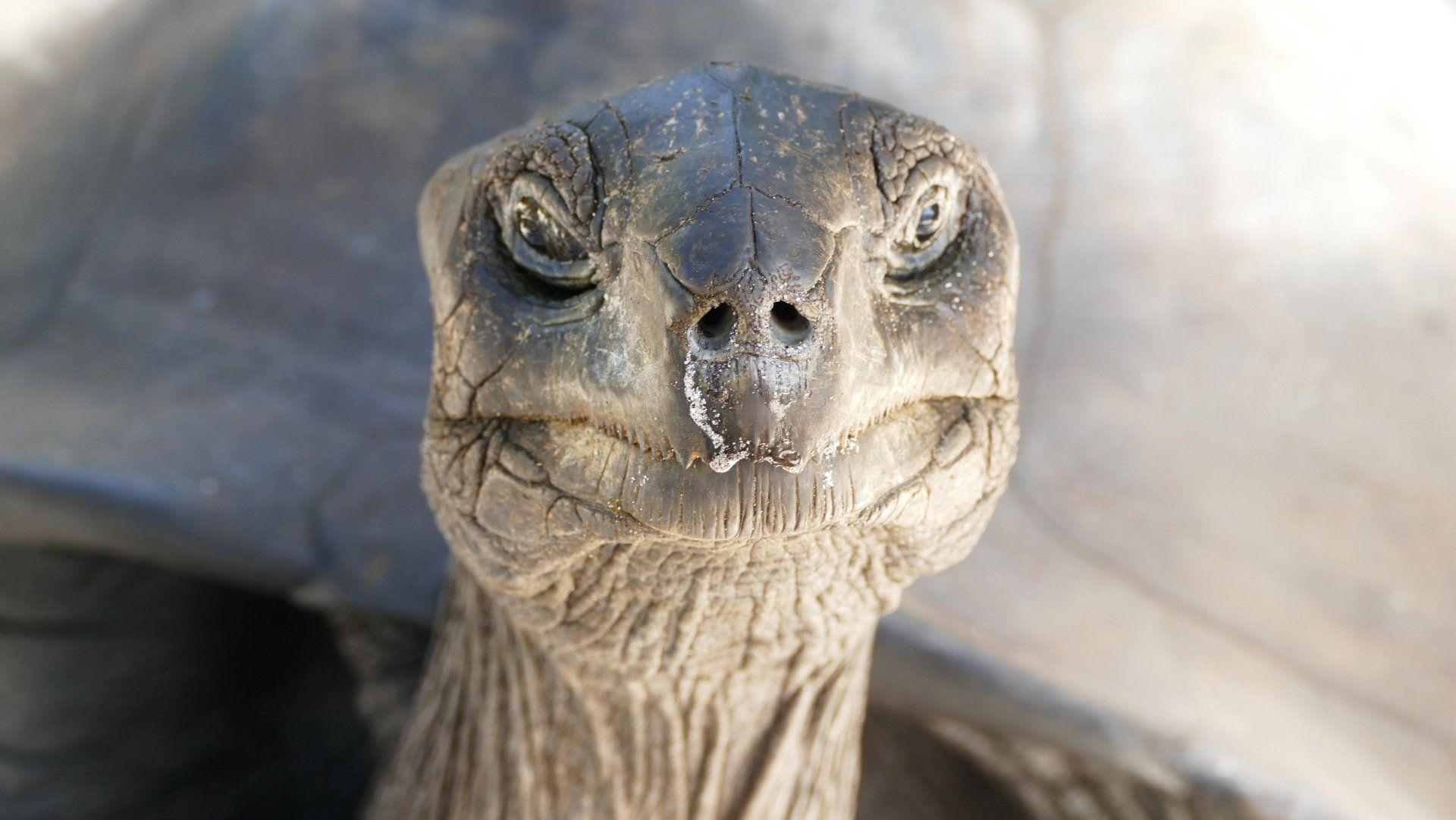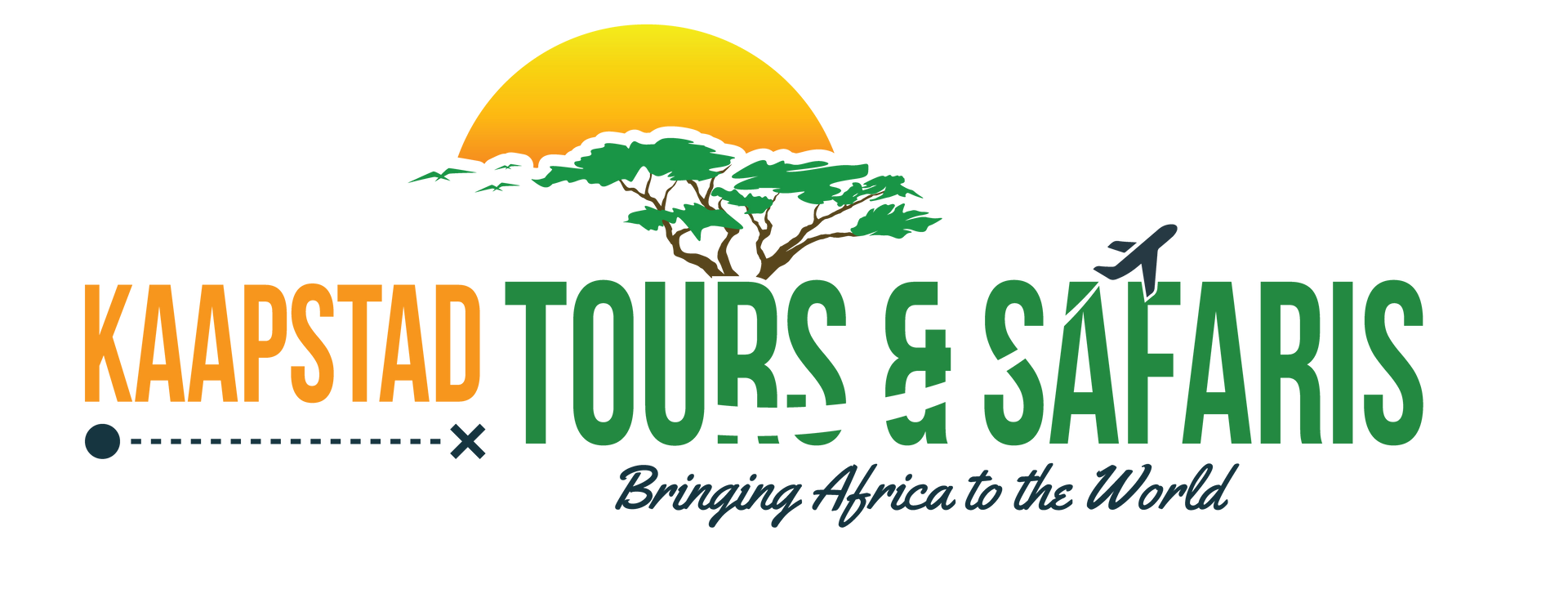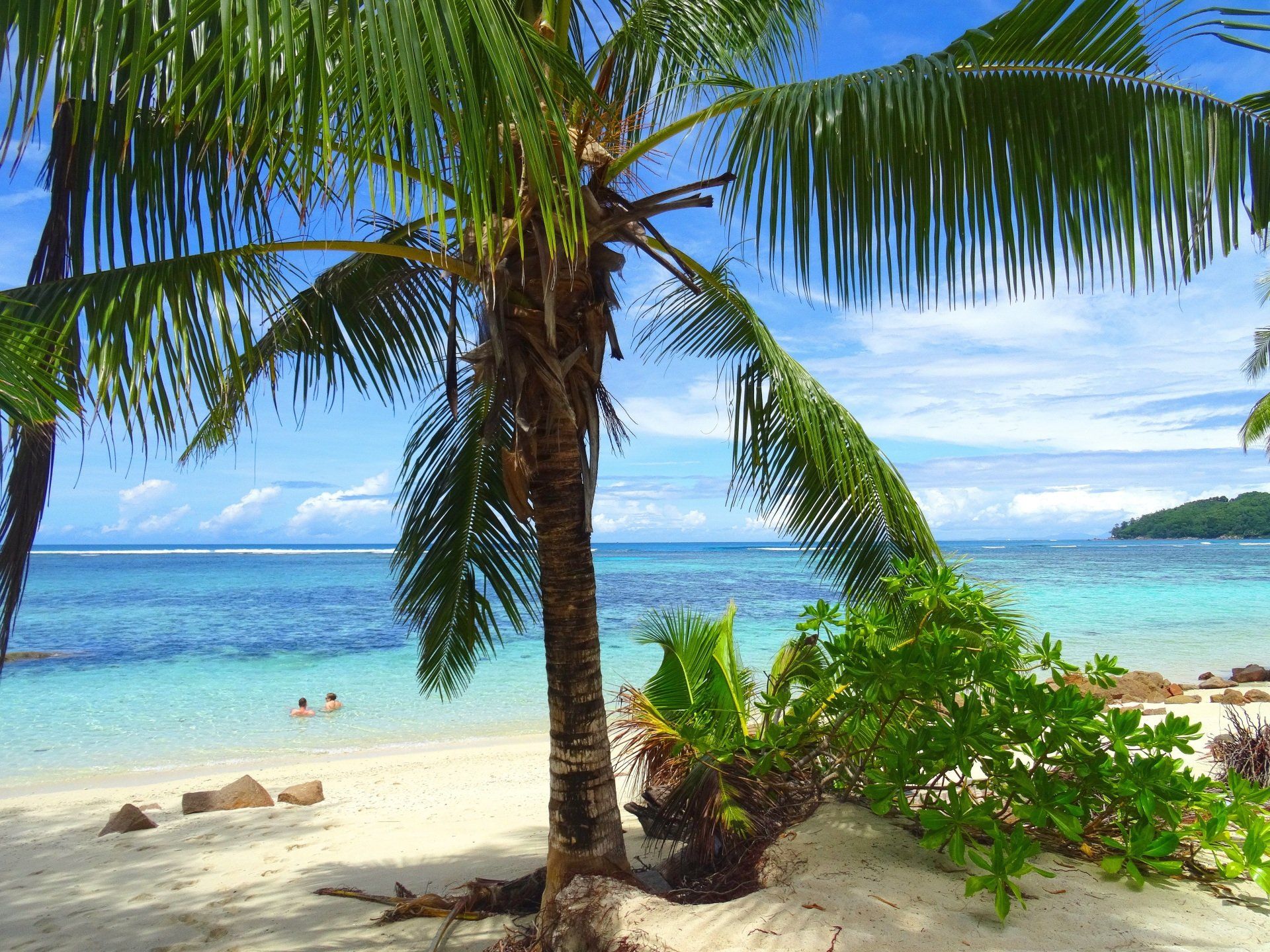SEYCHELLES
PARADISE FOUND
The Seychelles is an archipelago of 115 islands in the Indian Ocean, off East Africa. It's home to numerous beaches, coral reefs and nature reserves, as well as rare animals such as giant Aldabra tortoises. Mahé, a hub for visiting the other islands, is home to capital Victoria. It also has the mountain rainforests of Morne Seychellois National Park and beaches, including Beau Vallon and Anse Takamaka.
BLACK PARROT ISLAND
Famous to the islands is the Black Parrot, the national bird of the country and protected bird. The granitic islands of Seychelles are home to about 75 endemic plant species, with a further 25 or so species in the Aldabra group. Particularly well-known is the Coco de Mer, a species of palm that grows only on the islands of Praslin and neighbouring Curieuse. Sometimes nicknamed the “love nut” because of the shape of its fruit which, with the husk removed, presents a “double” coconut resembling buttocks, the coco-de-mer produces the world’s heaviest seed pods. The jellyfish tree is to be found in only a few locations on Mah. This strange and ancient plant in a genus of its own (Medusagynaceae) has resisted all efforts to propagate it. Other unique plant species include the Wright’s Gardenia Rothmannia annae found only on Aride Island Special Reserve.The freshwater crab genus is endemic to the granitic Seychelles, and a further 26 species of crabs and 5 species of hermit crabs live on the islands.
The Aldabra Giant Tortoise now populates many of the islands of the Seychelles. The Aldabra population is the largest in the world. These unique reptiles can be found even in captive herds. It has been reported that the granitic islands of Seychelles supported distinct species of Seychelles giant tortoises; the status of the different populations is currently unclear.
There are several unique varieties of orchids on the islands.
Seychelles hosts some of the largest seabird colonies in the world. In the outer islands Aldabra and Cosmoledo are home to the largest numbers. In granitic Seychelles the largest numbers are on Aride Island including the world’s largest numbers of two species.
The marine life around the islands, especially the more remote coral islands, can be spectacular. More than 1,000 species of fish have been recorded. Since the use of spearguns and dynamite for fishing was banned through efforts of local conservationists in the 1960s, the wildlife is unafraid of snorkelers and divers. Coral bleaching in 1998 has unfortunately damaged most reefs, but some reefs show healthy recovery (e.g., Silhouette Island).
The main natural resources of the Seychelles are fish, copra, cinnamon, coconuts, salt and iron.

Famous to the islands is the Black Parrot, the national bird of the country and protected bird. The granitic islands of Seychelles are home to about 75 endemic plant species, with a further 25 or so species in the Aldabra group. Particularly well-known is the Coco de Mer, a species of palm that grows only on the islands of Praslin and neighbouring Curieuse. Sometimes nicknamed the “love nut” because of the shape of its fruit which, with the husk removed, presents a “double” coconut resembling buttocks, the coco-de-mer produces the world’s heaviest seed pods. The jellyfish tree is to be found in only a few locations on Mah. This strange and ancient plant in a genus of its own (Medusagynaceae) has resisted all efforts to propagate it. Other unique plant species include the Wright’s Gardenia Rothmannia annae found only on Aride Island Special Reserve.The freshwater crab genus is endemic to the granitic Seychelles, and a further 26 species of crabs and 5 species of hermit crabs live on the islands.
The Aldabra Giant Tortoise now populates many of the islands of the Seychelles. The Aldabra population is the largest in the world. These unique reptiles can be found even in captive herds. It has been reported that the granitic islands of Seychelles supported distinct species of Seychelles giant tortoises; the status of the different populations is currently unclear.
There are several unique varieties of orchids on the islands.
Seychelles hosts some of the largest seabird colonies in the world. In the outer islands Aldabra and Cosmoledo are home to the largest numbers. In granitic Seychelles the largest numbers are on Aride Island including the world’s largest numbers of two species.
The marine life around the islands, especially the more remote coral islands, can be spectacular. More than 1,000 species of fish have been recorded. Since the use of spearguns and dynamite for fishing was banned through efforts of local conservationists in the 1960s, the wildlife is unafraid of snorkelers and divers. Coral bleaching in 1998 has unfortunately damaged most reefs, but some reefs show healthy recovery (e.g., Silhouette Island).
The main natural resources of the Seychelles are fish, copra, cinnamon, coconuts, salt and iron.
GENERAL INFORMATION
-
Climate and temperature
The Seychelles has a tropical climate: warm and humid with strong maritime influences. The temperature is consistently 24-32° C, there is no distinct dry season and there is some humidity at all times.
Many of the granitic Inner Islands have dramatic terrain; Mah? boasting hills rising to 900m. The rainfall increases with altitude, though it is the trade winds that really dictate the islands’ climate and name its seasons.
From May to October, the south-east trade winds (Southeast Monsoon) bring a relatively dry period. Reaching its peak in July/August, there is little precipitation and temperatures average 27°C, though seas can be a little choppy.
By November (pre-Northwest Monsoon), the winds start to change, bringing light, warmer winds and the start of the main rainy season. During December to March (Northwest Monsoon), Seychelles gets extremely wet, especially in December and January, though the vegetation is lush, the winds generally light and the sun at its warmest. This is also the cyclone season, though only the most remote southern islands are within the cyclone belt.
This period is followed by the calmest, warmest month, April (Pre-Southeast Monsoon), as the winds die down and start to change direction.
-
Passports and visa
Passports are required for all visitors to Mozambique. South African passport holders do not need visa’s. Other nationalities need to apply for visa’s. It is advisable to obtain visa’s before travelling to Mozambique as this can often prove difficult at the various points of entry including airports and border control posts. It is possible that last minute visa’s may not be issued at all at these entry points.
Fly-In Guests need to pay a US$ 30 departure tax when leaving Inhambane airport.
-
Currency
The currency used on the islands is the Seychelles Roepies (SCR).

